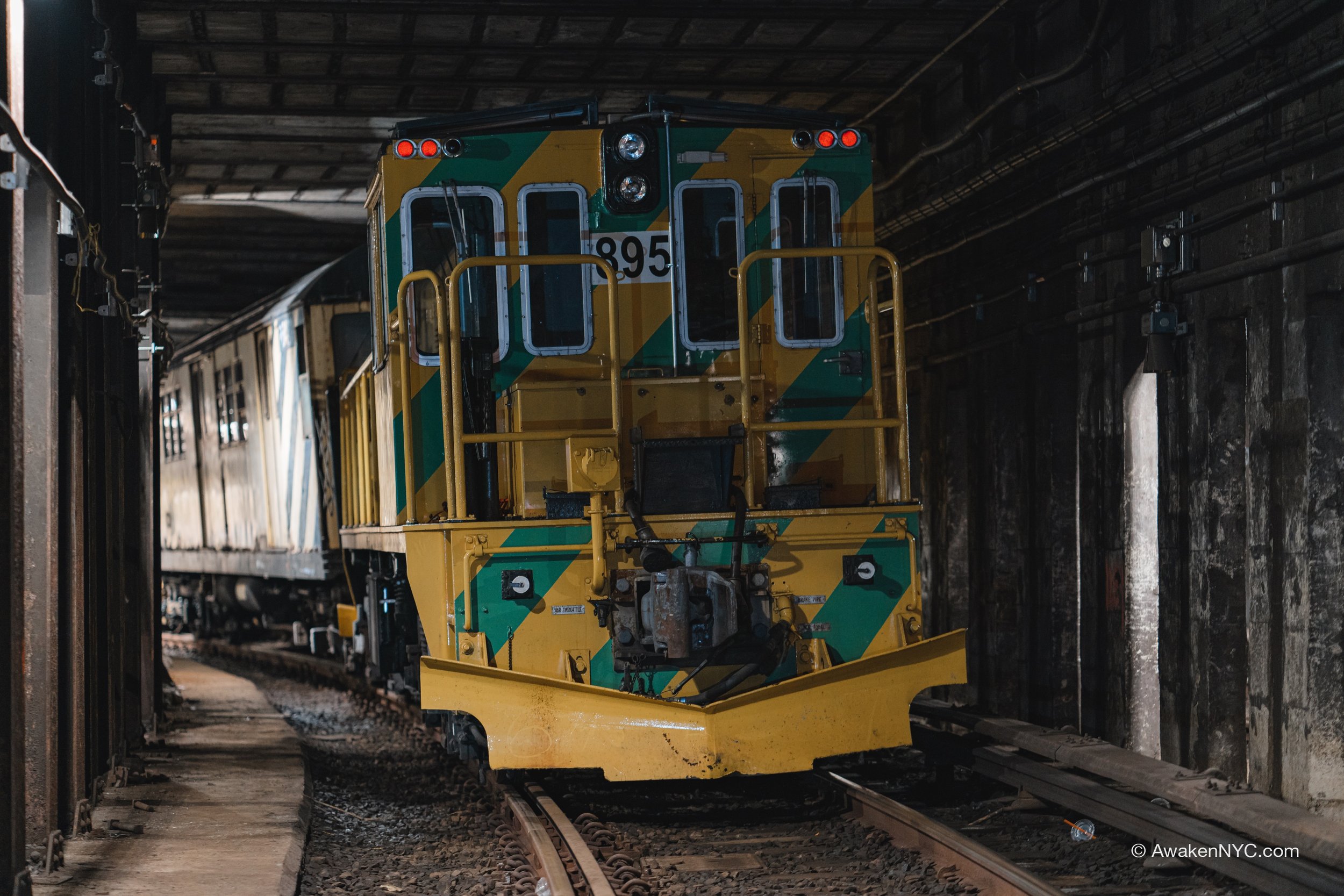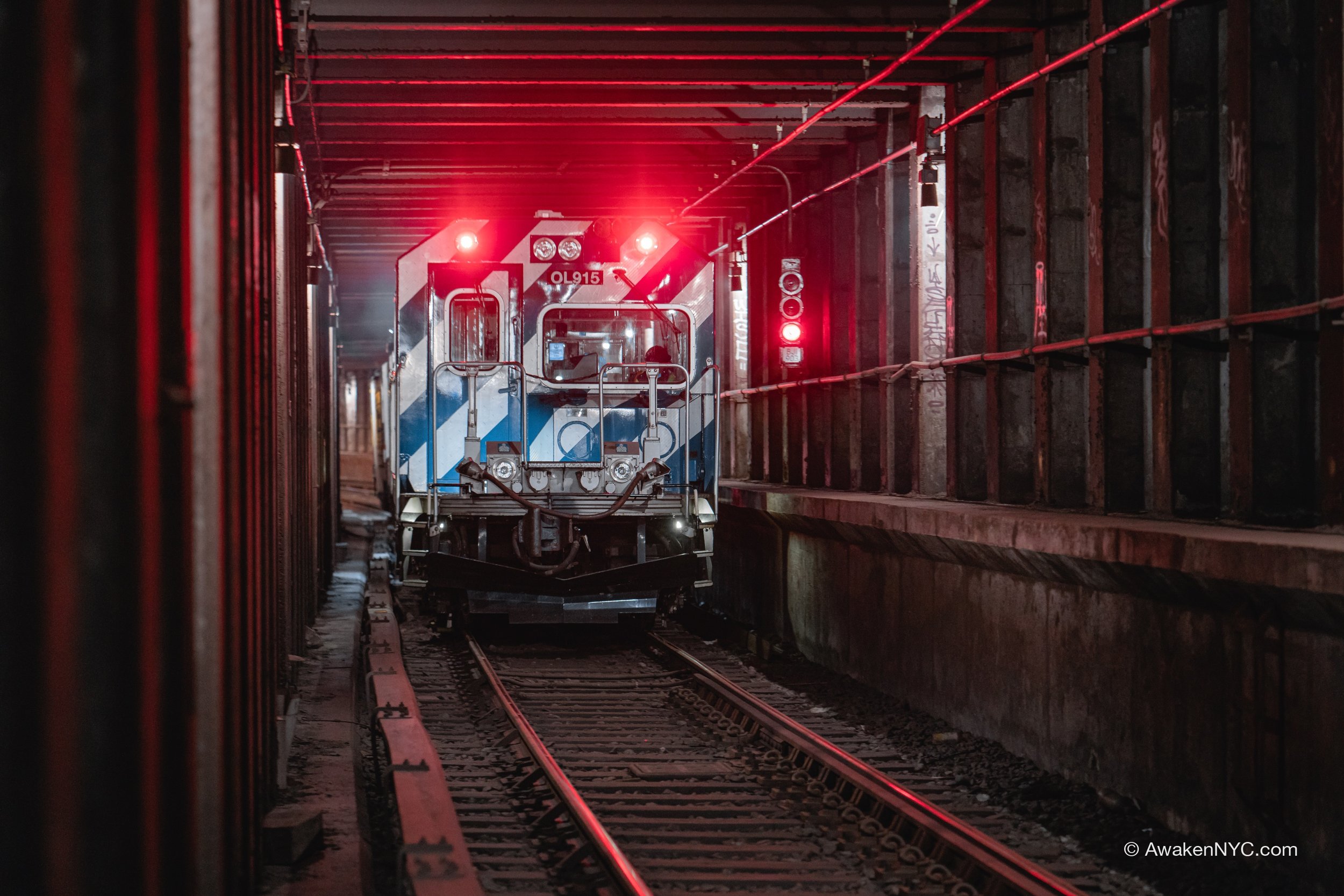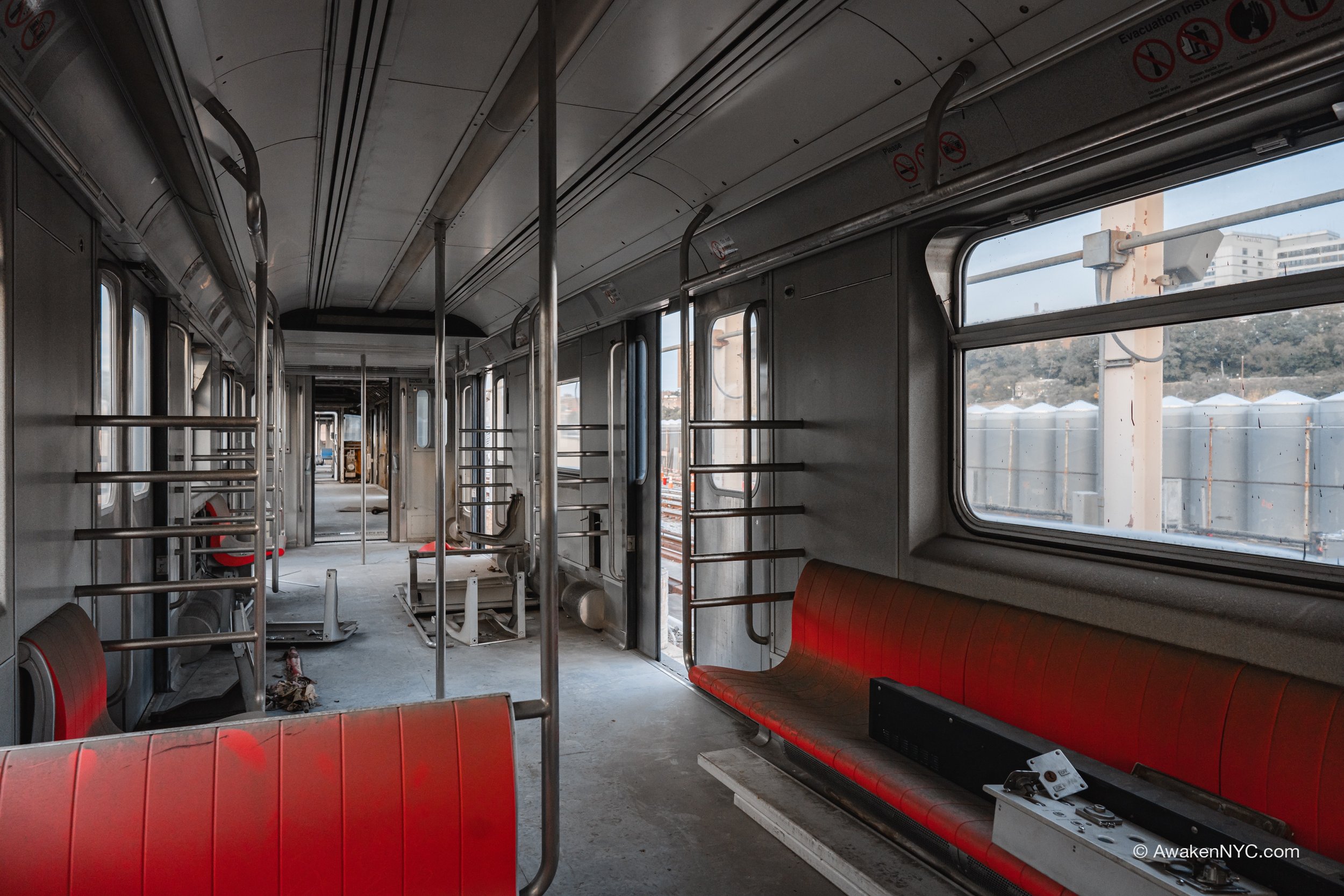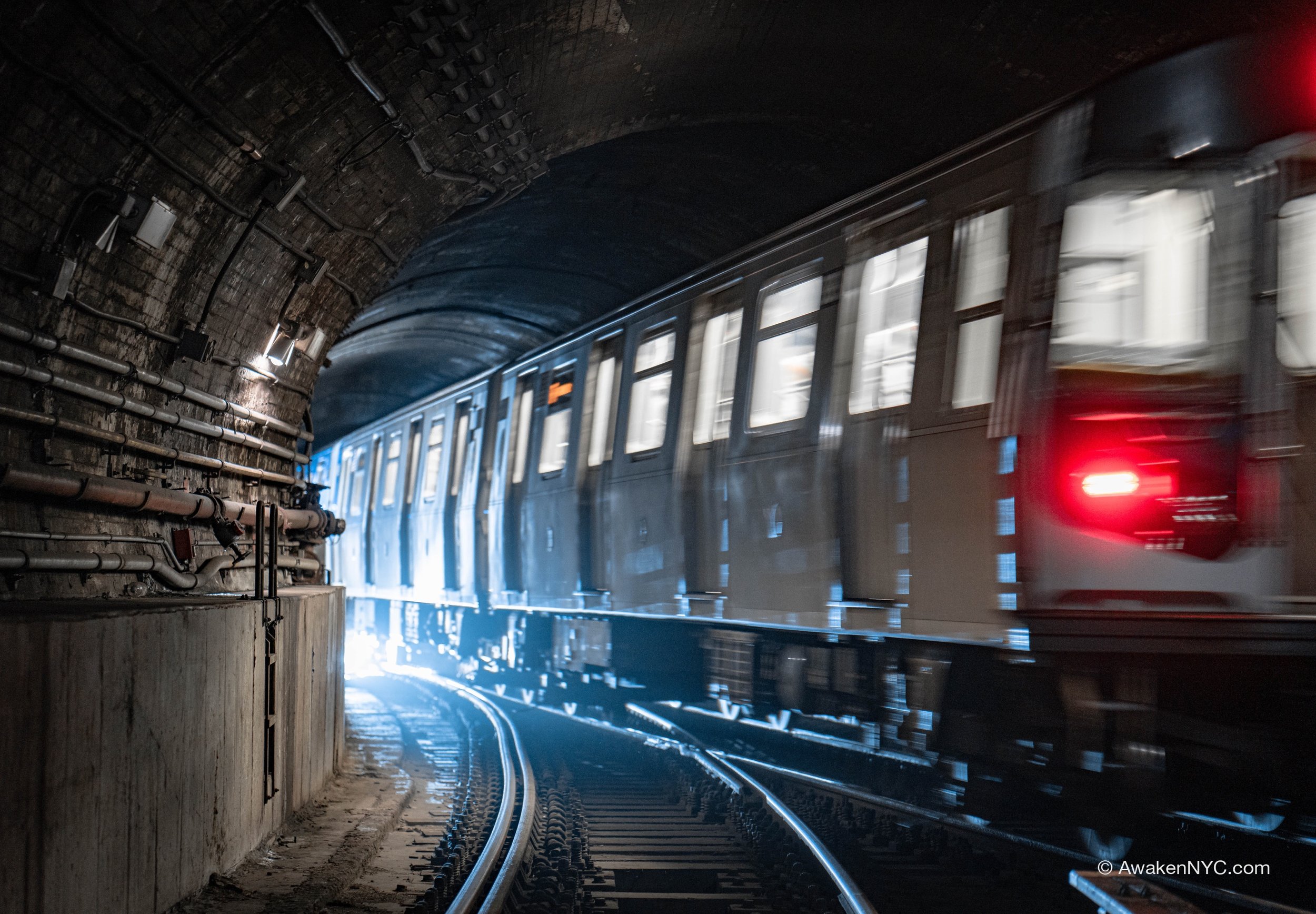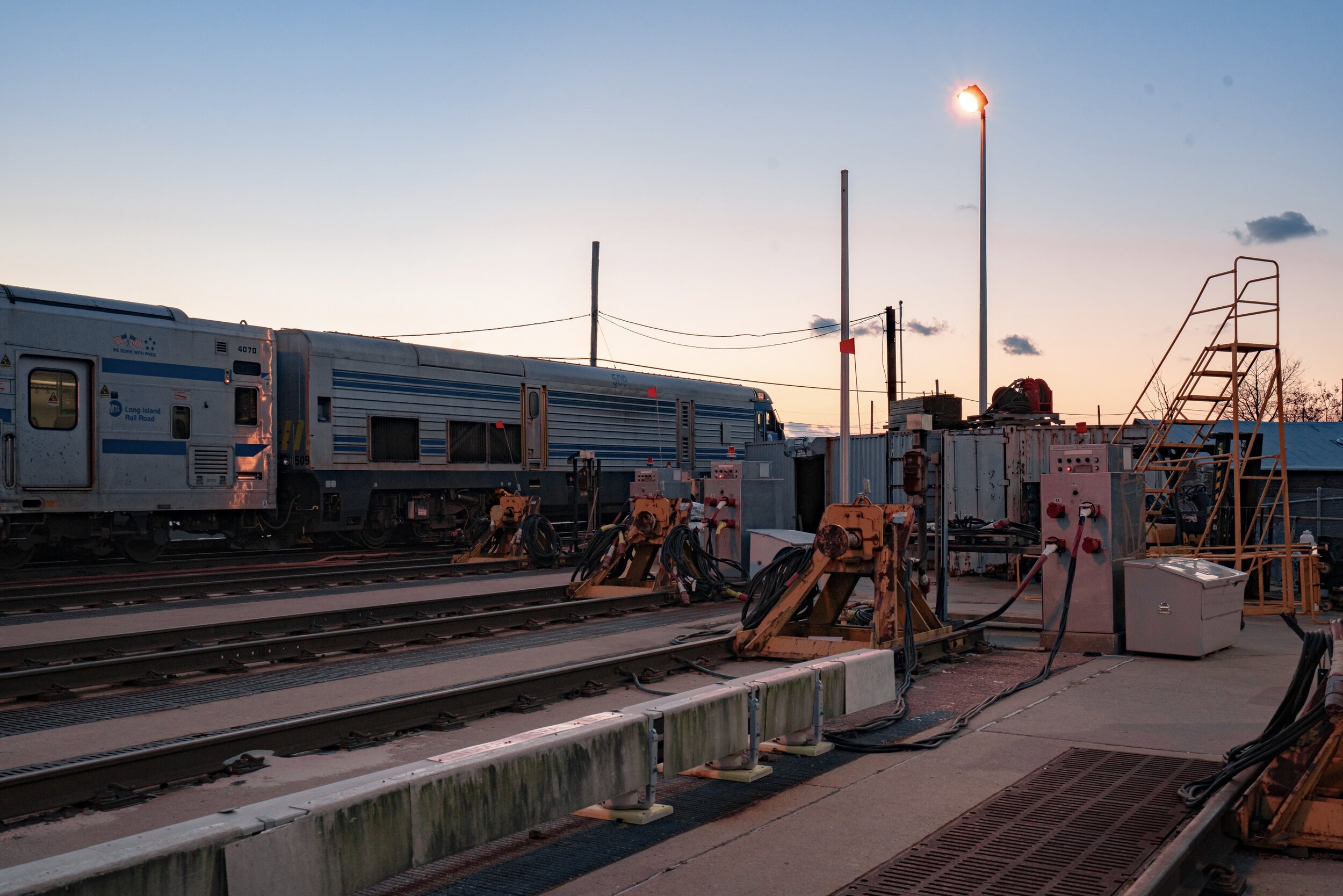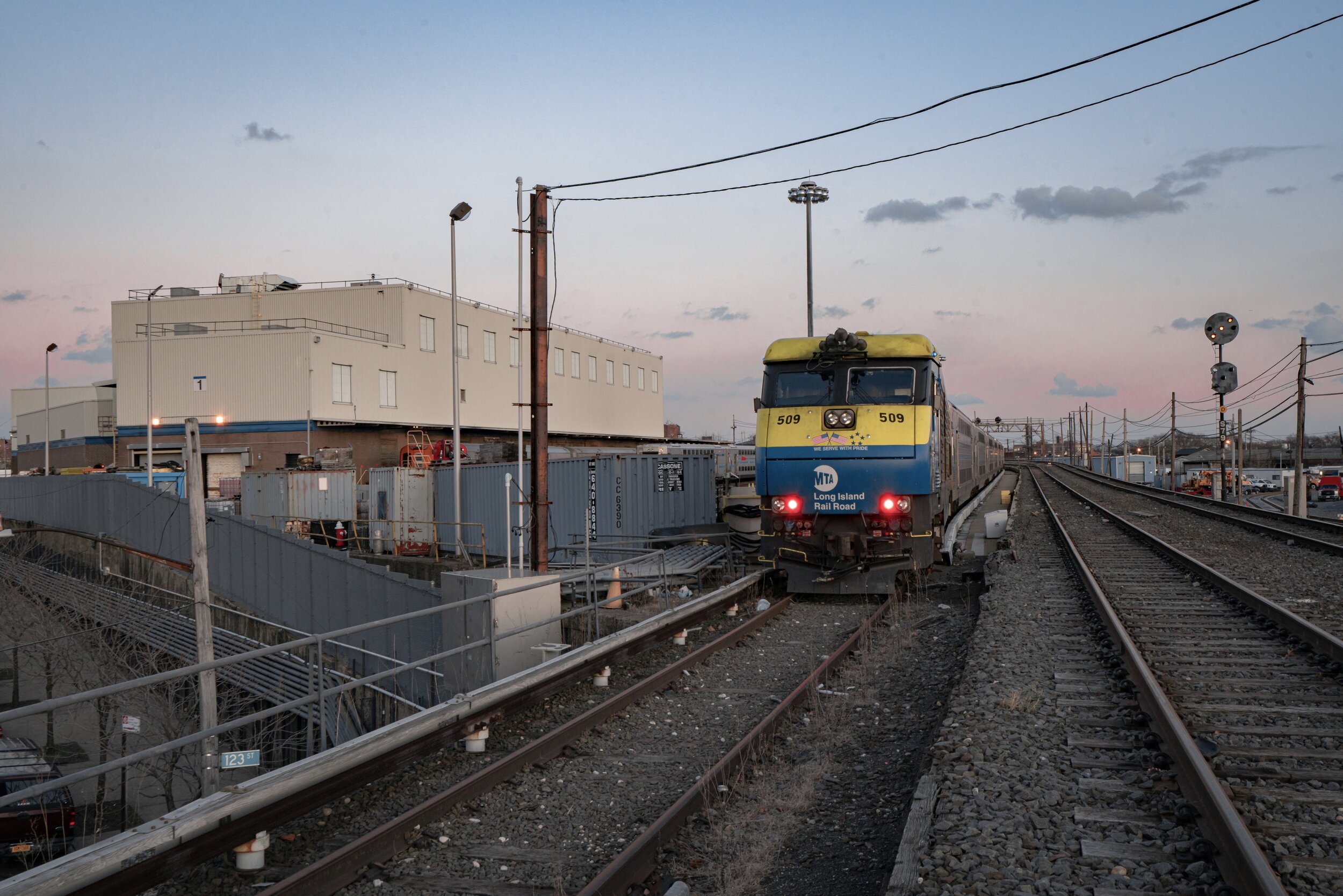Rolling stock (railcars) in the NYC Subway go back to the first IRT Subway in 1904 (though the earlier Elevated lines had their own rolling stock as well). Most of our equipment is identified by the contract number which the car delivery fulfilled, (e.g. the R32 rolling stock was delivered as a part of contract R-32). This identification started with the IND fleet of R1s in the 1930s. Earlier car types are identified by their own model names.
Our equipment is broadly categorized by the air brake system employed by the stock. The earliest rolling stock in our subway used the WABCO AMRE or AMUE brake system, which were replaced by the operationally-simpler SMEE system in the late '40s, which was subsequently replaced by the New Technology system in the '90s.
We are working to complete our documentation of all rolling stock left in the NYCT system. While we do so, this page will be left up as a partial documentation. When complete, this website will have high quality photos of both the interior and exterior of all of our rolling stock.
NYCT SMEE Equipment
The SMEE brake system was invented by the Westinghouse Air Brake Company (WABCO) and implemented in NYC rolling stock built from 1948 thorugh the 1990s. SMEE stands for for Self-lapping Mechanical Electrical Equipment. The system works using a service brake (straight air) and emergency brake (brake pipe). The straight air service brake is what is normally used in brake application while the train operates in service. When the brakes are in the full service position and charged (which is the maximum service brake application), the brake pipe sits at around 110 PSI, and the straight air brake at around 80 PSI. When the brakes are fully released, the straight air brake is at 0 PSI and the brake pipe at 110 PSI. When the brakes are dumped into emergency, the brake pipe goes to 0 PSI and the straight air brake goes to 110 PSI.
SMEE is distinguished from the previous AMRE and AMUE systems by its self-lapping feature. On AMRE and AMUE equipment, the brake handle has a release position, an apply position, and a lap position (as well as electric hold and emergency positions). Apply allows air to flow to the brakes, lap holds the current air pressure, and release releases the air brakes. On a SMEE, the positions between release and emergency are all brake application, and the air laps automatically based on handle position. The closer the handle is to release, the less pressure in the service brake, and the closer to full service, the greater the service brake pressure.
History coming soon...




































NYCT NTT Equipment
In the late '80s, the New York City Transit Authority began developing technologically advanced trains (NTTs, New Technology Trains). The primary new features of these trains were a new propulsion system with regenerative braking, computerized systems for train operation, automated announcements, LED and LCD displays on and around the trains, passenger emergency intercoms, and improved lighting. There were also design tweaks, such as lexan glass at car ends, to see into the next car, reconfigured seating, wider side doors, roof-mounted AC systems, and an overhaul in color scheme.
After all of the trouble that Transit ran into with the R44 and R46, it was decided to make prototype trains of the new models before ordering a huge number of trains. In 1989, NYCT announced the New Technology Test Trains, AKA the 51-foot R110A (for the A Division) and 67-foot R110B (for the B Division). In 1992, the contract for the R110A was awarded to Kawasaki Heavy Industries and the contract for the R110B was awarded to Bombardier Transportation. A total of ten R110A cars and nine R110B cars were constructed, for one train of each type. The R110A train entered service on June 15th, 1993, on the (2) line, and the R110B entered service on the same day on the (A) line. By 2000, both prototype trains were permanently removed from revenue service, both trains having been involved in fire damage in separate incidents.
Based on features tested and lessons learned with the R110A, the A Division’s R142 was born. A total of 1030 R142s were built by Bombardier Transportation, from 1999-2003, the first being placed into service on July 10th, 2000. From 1999-2004, soon after the first delivery of contract R142, Kawasaki Heavy Industries delivered an additional 600 cars, for contract R142A. The R142 and R142A are nearly identical, though in practical use they are incompatible. The most noticeable difference between the two is the sound the propulsion makes, as the R142 contains Alstom motors, while the R142A contains Bombardier motors.
Following the introduction of the R142s and R142As into service, NYCT recognized the need for NTTs in the B Division. Based on the R110B and R142, the R143 was created. Most R143s were/are assigned to the (L) line, which was completely overhauled with new CBTC (Communications Based Train Control) shortly thereafter, due to overwhelming ridership and the R143’s compatibility with the new system. From 2005-2010, contracts R160A and R160B were fulfilled by Alstom and Kawasaki respectively. The R160 design was based on the R142 and R143 designs, and a total of 1002 R160A and 660 R160B cars were built.
From 2016-2019, Bombardier Transportation executed contract R179 (based on the R160s), though with some trouble. The first R179s were delivered in 2016, two years late. The delivery of the R179s concluded by the end of 2019. However, the R179s were plagued with problems--even beyond the manufacturing problems that caused their late delivery--most notably catastrophic door failures that could allow doors to open while the trains were in motion. As of March 2020, the R179s are functional enough for service.
R188 and R211 descriptions coming soon...










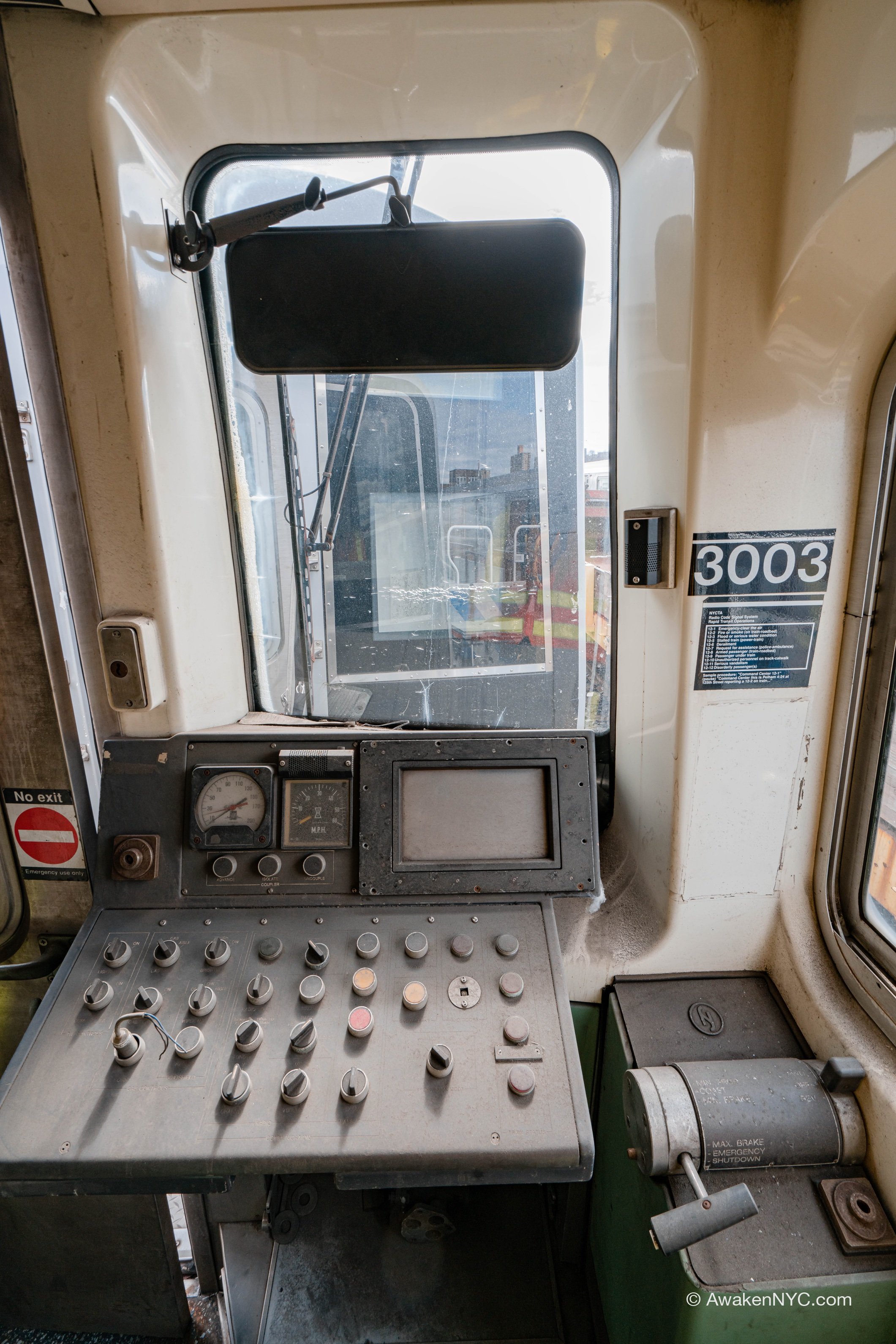






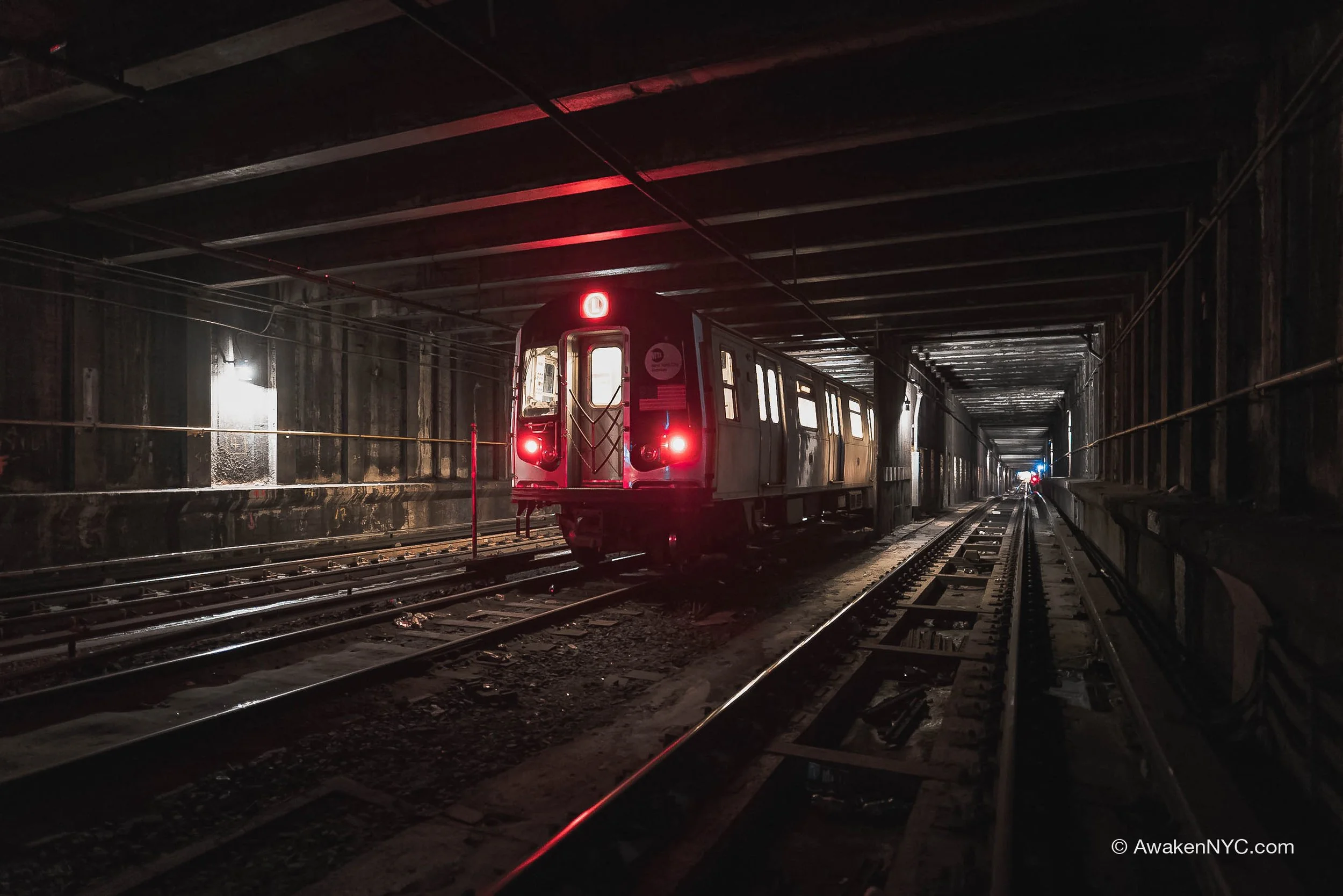






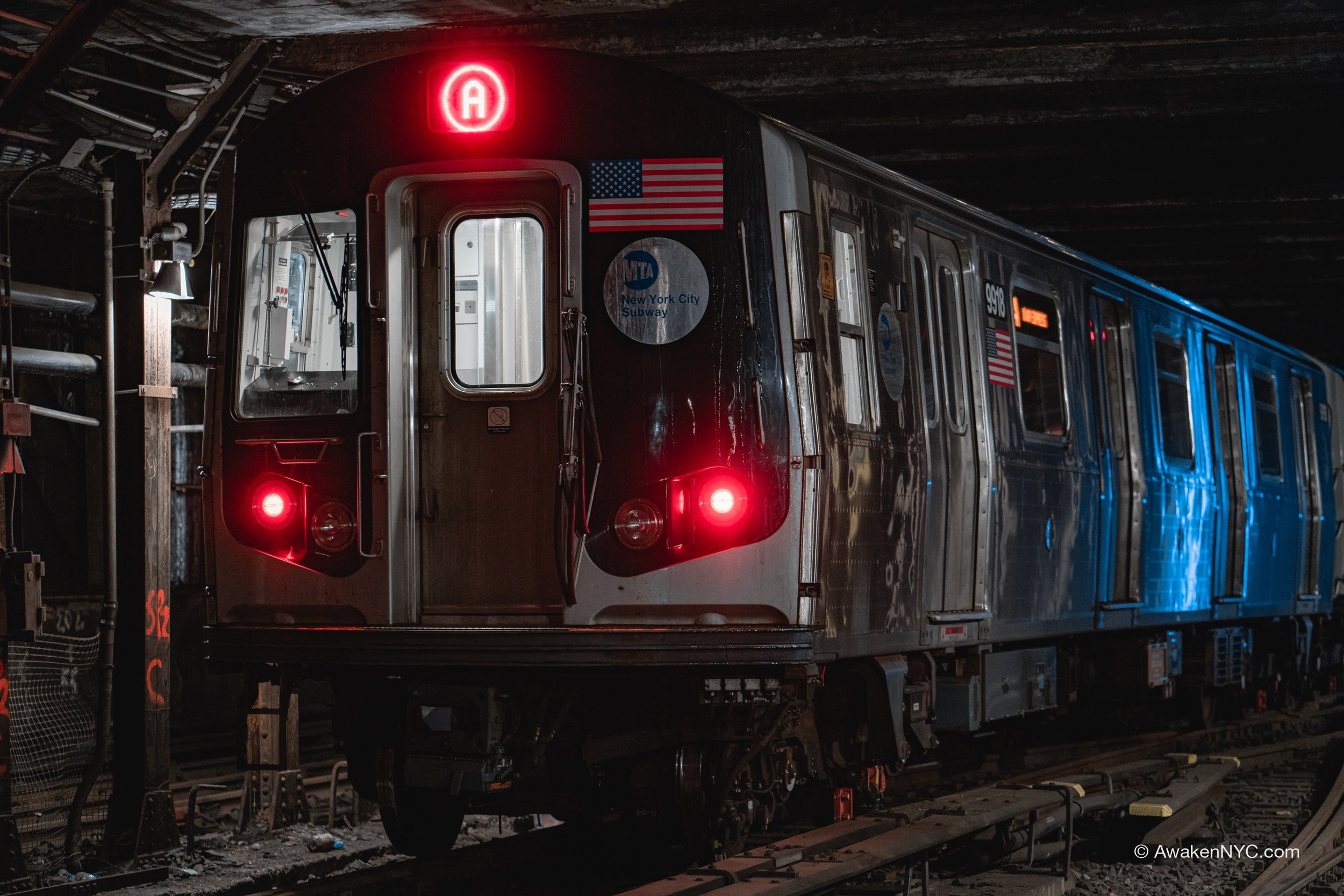











NYCT "C Division" Equipment
X
History coming soon...














